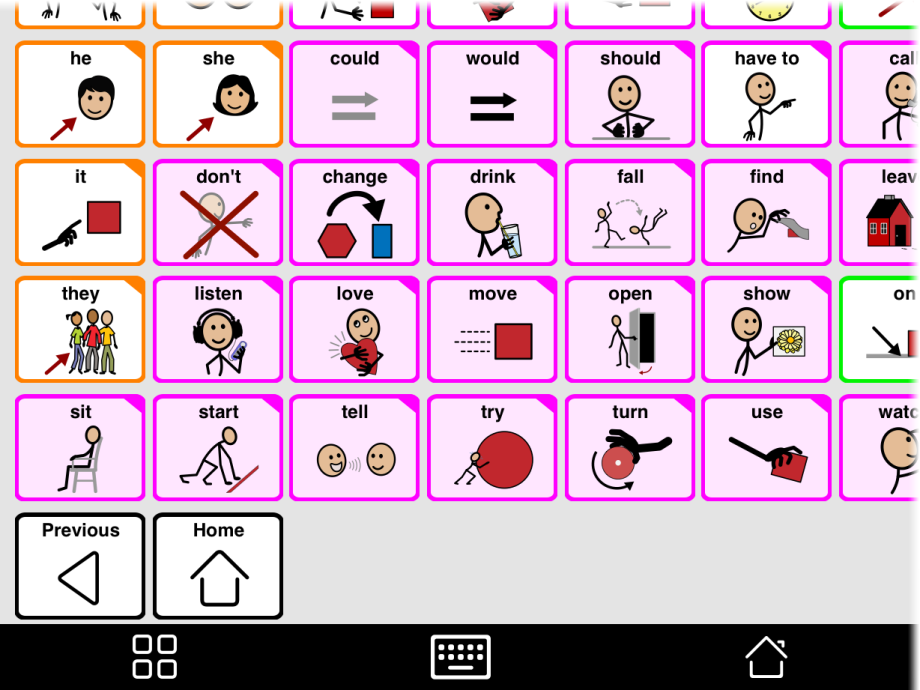
Chomsky goes on to say, “Skinner’s thesis is that external factors consisting of present stimulation and the history of reinforcement (in particular, the frequency, arrangement, and withholding of reinforcing stimuli) are of overwhelming importance, and that the general principles revealed in laboratory studies of these phenomena provide the basis for understanding the complexities of verbal behavior.” In other words, the goal of the book (Verbal Behavior) is to provide a way to predict and control verbal behavior by observing and manipulating the physical environment of the speaker. Skinner’s Verbal Behavior said, “… the controlling variables are to be described completely in terms of such notions as stimulus, reinforcement, deprivation, which have been given a reasonably clear meaning in animal experimentation. In 1967, Noam Chomsky, the father of modern linguistics and a founder of the field of cognitive science, in a critique of B.
Sixth phase: In addition to responding to “What do you want?” the child will learn to differentiate between this and similar questions, such as “What do you have?” and “What do you see?” The child should begin to be able spontaneously to distinguish between the questions and respond with the appropriate carrier phrases learned in phase IV: “I want _,” “ I see _,” “I hear _,” etc. Fifth phase: The child learns to respond to “What do you want?” Unlike earlier phases, in the fifth phase, the desired object does not need to be physically present. Fourth phase: The child learns to make simple sentences to make requests: “I want…” The child gets the desired food/object when they make the sentence. Third phase: The child now makes choices between available pictures and receives the desired food/object. The child must come to the trainer to request objects/food by handing cards in exchange for highly desired objects/food. The second phase – Expands the use of pictures. Physical prompter goes back to the last step performed correctly and prompts from that point through end of task 
Example: the child picks up the picture and drops it before putting in the communicative partner’s hand. If the child makes an error, the “Backstep” error correction is used. The physical prompter will prompt or physically manipulate the child to pick up, reach, release. The communicative partner is the one who will entice the child by withholding a highly valued object or food. This phase requires two trainers: Communicative Partner and Prompter.

“The trainer teaches the child that by handing a card to the trainers, only then will he or she will be able to receive the desired object/food in return.
Phase one: Trainer identifies what motivates the child the most, a “highly desired item. PECS® is low-tech Augmentative and Alternative Communication (AAC). It is not a natural or nice way to teach language. The method allows the trainer to artificially cause frustration through the withholding of highly desired objects or food until the targeted behavior is achieved, even if the communicator becomes upset or angry. ” PECS® uses picture-based prompting and reinforcement tied to error correction in order to teach language skills. Per Andy Bondy, inventor of PECS®, “Skinner’s analysis of Verbal Behavior forms the basis for teaching particular skills at specific points in the training sequence and also provides guidelines for how best to design the teaching strategies. Specifically, PECS® uses Operant Conditioning, which is a behavior technique that can be used to target and increase a behavior by pairing performance of the target behavior with a positive or rewarding outcome. Skinner’s 1957 Verbal Behavior framework of language training curricula for persons with severe developmental disabilities. Applied Behavioral Analysis (ABA) is embedded throughout PECS® because the system is based upon the work of behavioral scientist B.F. PECS® requires a non-speaking child to give a picture to a communication partner (trainer) in order to receive a concrete outcome (high-value reinforcer), (Bondy & Frost, 1994). 
The Picture Exchange Communication System (PECS®) created by Andy Bondy, PhD and Lori Frost, M.S., CCC-SLP is an AAC system based on rewards and compliance.







 0 kommentar(er)
0 kommentar(er)
